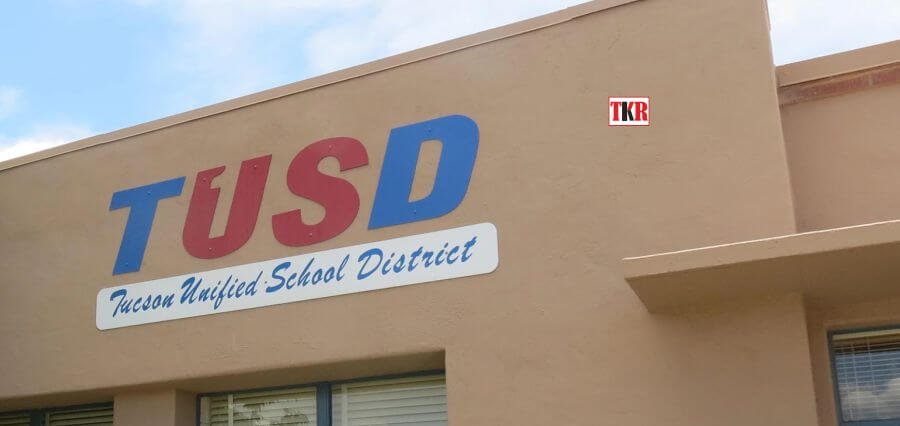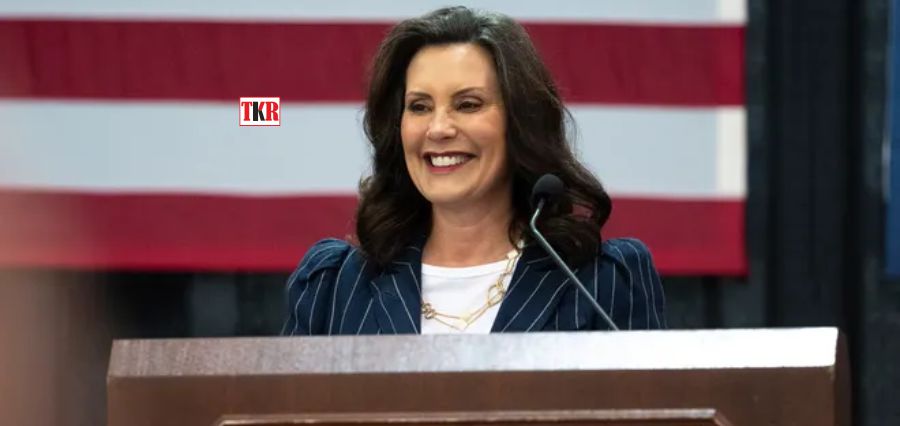Anyone who works in an education setting has a responsibility to protect the welfare of their students, especially the younger ones. Whether you are a head teacher, governor, teaching assistant, a teacher, or anyone who needs to interact with kids, you have safeguarding responsibilities to fulfil. You must be fully aware of your duties and the role you play in terms of safeguarding.
Here’s how teachers should approach safeguarding.
What is Safeguarding?
Everybody working in a school setting may have heard about “Safeguarding“. When a child is in school, the school is highly responsible for keeping them safe from danger and abuse. This means that the school should create a safe environment for the children. Teachers should also be mindful of any child at risk of harm and must take appropriate action.
Safeguarding does not only apply to teachers. It applies to everyone who will come into contact with the kids, including their families and carers. Everyone surrounding the child has a role in safeguarding the child’s welfare. To effectively fulfil this role, all professionals must always apply a child-centred approach when teaching the kids and in all other aspects. They should, at all times, consider the welfare or the best interests of the child.
Effective safeguarding in school is important to identify any warning signs of harm or abuse to children and inform the proper authorities to help anyone who may be a victim of abuse. School staff, most especially the teachers who interact with the kids daily, must be fully aware of the Safeguarding policy and what needs to be done if they notice signs of abuse.
Roles that Require Safeguarding
Safeguarding is the entire organisation’s responsibility, especially in the education sector, including a college or any school with children. It is vital that every member fully understands how important Safeguarding is and that they must embed the policies and practices into their culture.
Everyone who needs to work with children, both teaching and non-teaching staff, should be aware of the Safeguarding Policies, including volunteers and other staff who will interact with the kids. But it’s not enough to know the definition of Safeguarding. They should also consider taking up safeguarding ecourses to equip them with the right knowledge about safeguarding policies and the roles they need to play. School governors must also understand their responsibilities to keep children safe and be fully aware of what’s happening in the school.
Safeguarding is the responsibility of every member of staff. Thus, all members must take up safeguarding training. Without proper safeguarding training, young students and children could face serious risks, which can have serious implications for the school or the entire organisation. The training must be up-to-date, reliable, and taken up at least every two years.
Safeguarding Procedures in Schools
Schools are highly responsible for keeping the students protected against harm and abuse. Therefore, they should have different procedures to ensure a safe environment for the children. It should also include identifying those students who may be at risk of harm and then taking appropriate actions. It’s also important that the school trains every staff member who deals with the kids.
To protect the kids, the school must train staff to identify any signs of abuse and be taught the right steps to take if they are worried about a particular child in danger. There should also be a designated teacher responsible for dealing with child protection. In addition, they should have some procedures to assess or evaluate any staff working with children.
The Department of Education has also provided some guidelines on digital safeguarding, and teachers must be fully aware of this. Headteachers and school governors are also required to implement an effective approach to protect the students online and must educate the entire school community on their use of technology. They should also establish mechanisms for identifying and intervening in any incident wherever necessary.
Internet Safety in Schools
When it comes to Safeguarding Policies, schools should give Internet Safety a priority. We are now in the Digital Age where almost every student owns a device that allows them to connect to the Internet anytime, either through a laptop or smartphone. Therefore, teachers must be fully aware of the dangers of Internet use and ensure proper safeguarding is in place.
E-safety should be a fundamental part of the safeguarding measures of every school and college. Educational institutions must have a comprehensive approach that can help ensure children’s safety when using the Internet. They have two responsibilities when it comes to this. First, ensure that their online procedures keep the children and young students safe. Secondly, to teach their students how to stay safe online, both in and out of school.
Schools should encourage an open environment where children and young students are encouraged to raise any questions or concerns and participate in an ongoing discussion concerning the benefits and dangers of Internet use.
How Teachers Should Keep up with Safeguarding
To keep up with the latest Safeguarding Policies and ensure that they are constantly practising them, teachers must consider taking up Safeguarding Training Courses. The training is a statutory requirement for every school staff member or anyone who needs to work with children.
The Safeguarding Training also covers key information on recognising signs of abuse and neglect among kids and younger students. These include feeling withdrawn, aggression, and unexplained behaviour changes. All these could indicate that a child is suffering from abuse or neglect. While these behaviours do not always suggest that they are due to abuse, they must monitor the student to determine the real cause behind such behaviours. If there are any concerns, they must raise them through proper channels.
All educational institutions, including other organisations working with children, must have child safeguarding policies in place. They must constantly review these policies to ensure that they are updated and followed. Again, everyone in the organisation has a role to play in protecting the children, from head teachers to the non-teaching staff.









